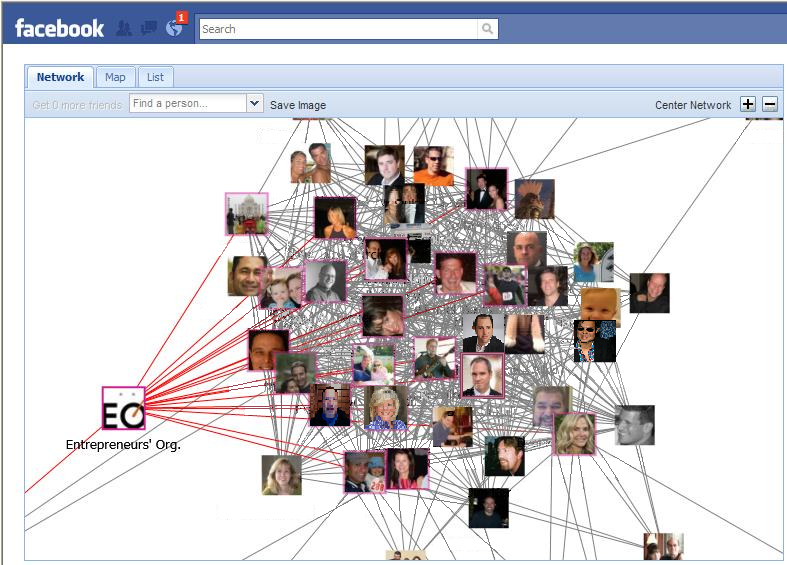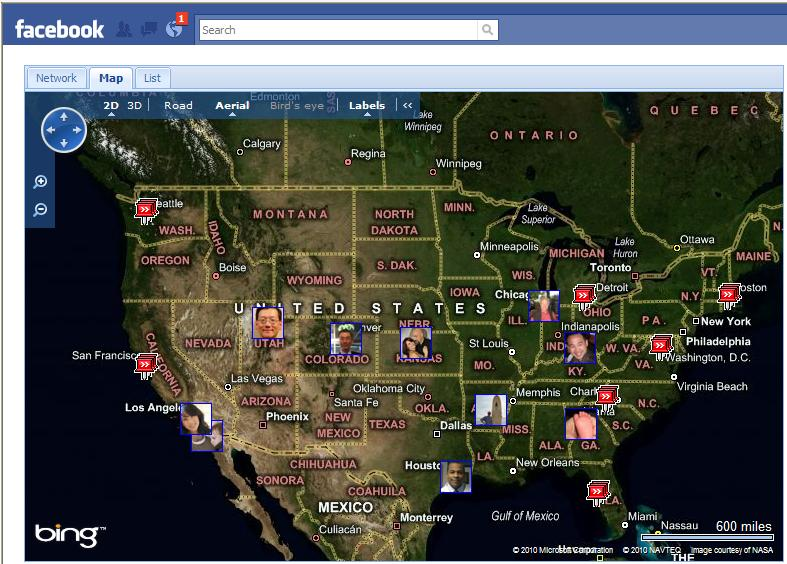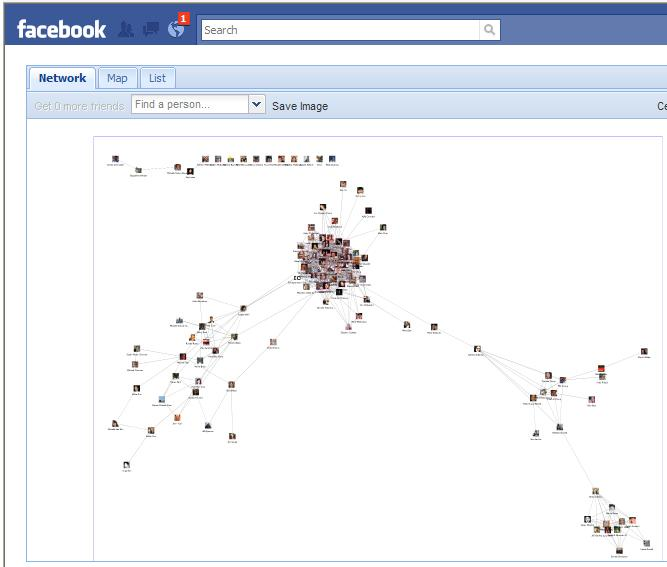Our Experience Creating a Facebook Application with Social Network Analysis (SNA) and Geospatial Mapping
Free Trial
 With the recent attention on the Facebook data Cambridge Analytica obtained and Mark Zuckerberg
taking a beating in the press and Congress, we wanted to share our experience creating a Facebook application and using the Facebook Application Programming Interface (API).
With the recent attention on the Facebook data Cambridge Analytica obtained and Mark Zuckerberg
taking a beating in the press and Congress, we wanted to share our experience creating a Facebook application and using the Facebook Application Programming Interface (API).
In 2010, Facebook encouraged developers to create innovative applications to serve its users. Facebook provided an API that would allow developers to programmatically access the data the user could see for free. Facebook was not selling the data. That led us to create Sentinel Visualizer on Facebook.
As an experiment, we created a version of our Windows desktop version of Sentinel Visualizer on Facebook. It took the key concepts of Network Metrics from the field of Social Network Analysis (SNA) and combined it with our graphical display of clusters to make it easy to visualize relationships among friends.
Each box (picture) is a person or group, and the lines represent connections between them.
It analyzed your network of friends based on your friends' relationships to your other friends. Clusters and individuals were also grouped by distance from your core groups.
Note: the Facebook API did not provide data on your friends' friends that were not already your friends.
Based on those relationships and Sentinel Visualizer's technology to cluster related groups, we were able to visually display a link chart that grouped your friends who were close to each other. We didn't identify the groups, but if you saw it, you'd quickly identify your connected friends as:
- Family
- High school friends
- College friends
- Work colleagues
- Spousal friends and relatives
- Members of your clubs and other groups
- etc.
It also identifies:
- Friends who don't have any friends in your network (top left of the example screenshot)
- Friends who connect different groups of friends. In law enforcement, the groups are cells and those who span cells are often the most interesting to investigate.
Sentinel Visualizer for Facebook let you zoom and pan into sections of the diagram to reveal more detail.

Zooming into the diagram, one can see individuals. You can move them around and their lines follow. Hovering over them would show their name. Clicking on one would bring up their page.
We also created a tab that let you see your friends on a map. Integrated with Microsoft Bing, we plotted where your friends are located.

Your friends' faces appear where they are. If a place had multiple friends, pins appears that you could click on to see, or you could zoom into the map to see them.
We thought this would be a useful way to see where your friends were, especially if you were travelling to another city, and wanted to know who was there. We could use the current location your friends indicated rather than where they lived.
The Facebook programmatic interface allowed developers to retrieve user data such as:
- List of friends
- List of friends' friends
- Posts
- Likes
- Photos
- Groups
- Similar information from friends
- etc.
Essentially all of a user's activities and what they would be able to manually see among their friends. Obviously, this was a lot of data and sensitive data.
Facebook Did Not Sell User Data
Facebook did not charge a fee for using the API.
Facebook applications had to be properly registered with them, and developers were explicitly not allowed to save the data from Facebook. If users entered data into the application, one could save that but not the data directly from Facebook.
However, once the data was retrieved from the Facebook API, Facebook could not police what the application did with it. Clearly, some applications violated this stipulation and saved data they were not allowed to save.
Program Debut and Viral Growth
We debuted our free Facebook application to a limited number of friends and it began to go viral.
People were fascinated to discover unknown mutual friends among friends. Work colleagues that knew each other, friends across continents, high school and college friends who knew each other, relatives connected in previously unknown ways, etc.
It was a six degrees of separation discovery that was very intriguing: "I didn't know you knew...". A friend called it the "Coolest thing I've seen for Facebook."
We started getting users from around the world as they visually showed their friends what they discovered from data that exists among their friends.
We adhered to the terms of the Facebook API and never stored Facebook's data. We simply had a signup that got each user's Facebook name and email address.
Facebook Cut Off the Data
Unfortunately, soon after we debuted, Facebook enhanced privacy and changed their API. We could no longer get the list of your friends' friends among your friends. Other information was also severely limited. As a result, we shelved our project and focused on other solutions for fraud detection, law enforcement, and counter-terrorism.
We applaud Facebook's attempt to encourage developer innovation to leverage the data their users provide. We were improving the user experience and enriching lives by revealing the hidden relationships your friends have among each other. Unfortunately, our investment in creating this app generated zero revenues or customers.
It's unfortunate that some bad players didn't abide by the rules Facebook stipulated. So while Facebook is blamed for not anticipating the unethical behavior of the developers they trusted, we do not believe it was intentional, nor was it for profit.
We wish Facebook the best in their efforts to build a more robust and secure system, and the prosecution of people who misused the trust and terms Facebook provided.
We hope any legislation addresses the privacy concerns while balancing the opportunity for innovation so we can have nice things.
For more about Social Network Analysis, and how it identifiies interesting relationships among people, places and events, visit our Social Network Analysis (SNA) page.
All the best,
Luke Chung
FMS President


